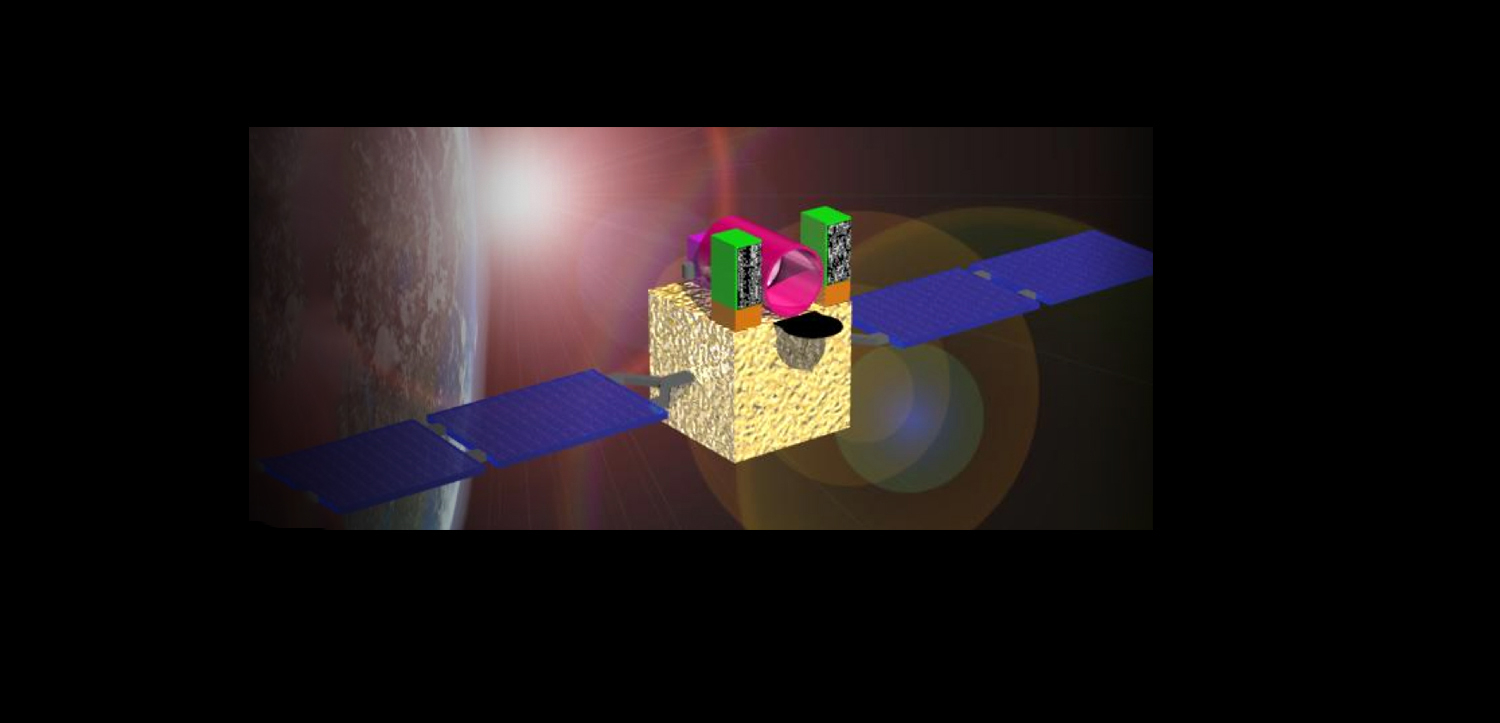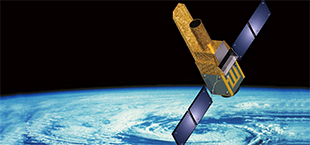How were the earliest stars and galaxies born at the beginning of the Universe? Can we capture their appearance? Theoretical studies suggest that the first generation of stars in the Universe were born around 200 million years after the epoch of recombination (redshift z ~ 20). Bright stars with masses hundreds of times that of the Sun are expected to have formed, but even the best modern telescopes cannot observe the brilliance of these stars from this time.
Gamma-ray bursts are the largest explosions in the Universe, releasing as much as 1052 ergs of energy. These explosions radiate gamma-rays for a short period that lasts several seconds to several tens of seconds. This is immediately followed by an afterglow phenomenon that shines brightly even at wavelengths such as X-rays, near infrared and visible light. Gamma-ray bursts are thought to be related to the detonation of massive stars, such a hypernovae, when they reach the end of their lives. Therefore, even if the light from the original star cannot be seen, if the gamma-ray burst phenomenon and the afterglow that occurs at the end of the lifetime for these short-lived massive stars can be captured, knowledge about the existence of the earliest stars in the Universe can be obtained. Highly red-shifted objects from when the age of the Universe was less than about 800 million years are characterized by their apparent brightness in the near infrared, but faintness in visible wavelengths of light, which are absorbed by the neutral hydrogen gas between galaxies along our lines of sight. By quickly observing the afterglow in the near infrared after identifying the signs of a gamma-ray burst, the existence of the first generation of stars in the Universe can be detected through using the gamma-ray burst as a trigger.
We can also think of gamma-ray bursts as spotlights that illuminate the ancient Universe. During a major event in the Universe’s history, the hydrogen gas in the Universe that had been neutral since the epoch of recombination, became completely ionised over a period of hundreds of millions of years (the reionisation of the Universe). By using early gamma-ray bursts as a spotlight, the ionisation state of the foreground intergalactic gas can be investigated, and also how the reionisation phenomena progressed in the Universe over time. For this purpose, the afterglow after the gamma-ray burst occurs must be detected while it is still bright, and identified as originating in the early Universe. A detailed spectrum of the afterglow can then be observed by using instruments such as large telescopes.
The HiZ-GUNDAM project aims to detect many gamma-ray burst phenomena in the ancient Universe in order to clarify the birth and death of the Universe’s earliest stars, and the physical state of the intergalactic gas at that time. The satellite will be equipped with a wide-field X-ray detector that can capture gamma-ray burst phenomena, and an infrared telescope that will quickly observe the afterglow, to allow rapid identification of the corresponding celestial object, and measurement of its redshift. This information will be shared widely to allow telescopes around the world to carry out timely follow-up observations.
Gamma-ray burst phenomena include celestial events known as short bursts with a quick brightening time. These are strongly related to explosion events that occur due to the merger of high-density celestial bodies, such as neutron stars, which are also considered to be a source of gravitational waves. By combining the observations from HiZ-GUNDAM with gravitational wave detections, the collected data will also contribute to understanding the physics of the explosion phenomenon itself.

FutureHigh-z Gamma-ray bursts for Unraveling the Dark Ages Mission (HiZ-GUNDAM)
With the two eyes in the X-ray and infrared, HiZ-GUNDAM will search for evidence of the first generation of stars through detection of distant gamma-ray bursts in the ancient Universe. The mission will also contribute to multi-messenger astronomy by investigating the extreme physics of neutron star collisions and the electromagnetic wave identification of gravitational wave sources.
 JASMINE - Infrared astrometric observation satellite
JASMINE - Infrared astrometric observation satellite
 SILVIA - Ultra-precision formation flying demonstrator
SILVIA - Ultra-precision formation flying demonstrator

